In articles about wood finishing, expressions such as pore marking, natural wood pattern highlighted by staining, areas of late or early wood where absorption is different are often used. Specialists know the terms, but DIY enthusiasts do not, so the indications become difficult to understand. The following article will attempt an explanation of terms that define wood structure such as pores, annual rings or natural grain.
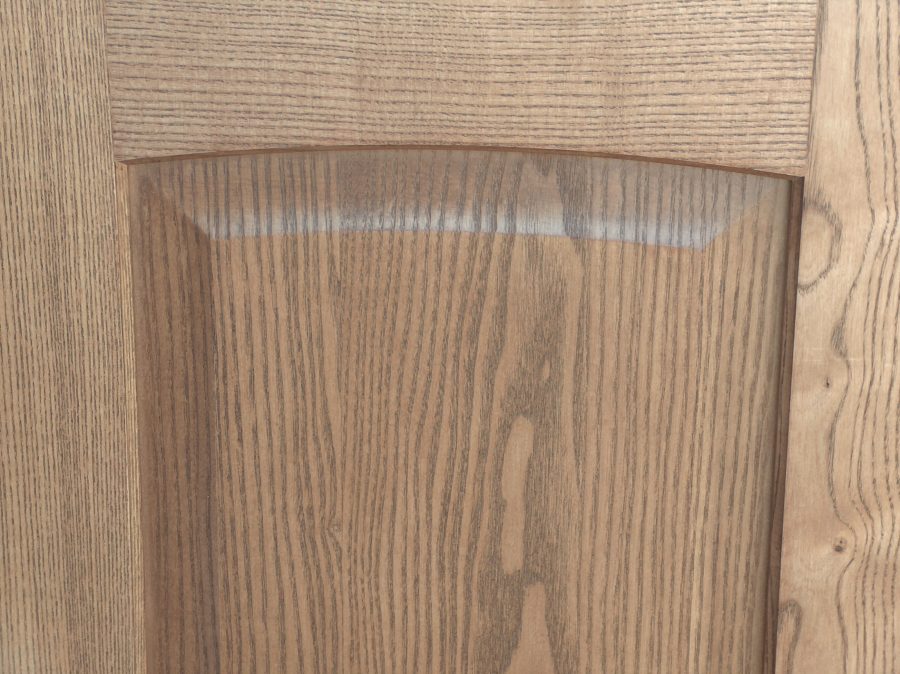
Annual rings and the designs they make depending on how the log is cut
The concentric circles that are seen when the trunk is cross-sectioned are called annual rings and their number represents, in a temperate zone, the age of the tree. In warmer areas, where growth is linked to seasons of heavy rainfall, there may be several rings in a year and they are called seasonal rings. Native species have annual rings that represent the amount of wood mass added by the tree in a year. The annual ring is made up of two zones: one lighter and more loosely packed, representing the wood mass added during periods of high humidity (spring) and the other darker and denser, representing the wood mass accumulated in summer when humidity is lower.
The design of the wood is determined by the way the log is cut. Cross-cutting, perpendicular to the central axis of the tree, produces slices log where the annual rings are seen as concentric, straight or wavy circles. Longitudinal cutting, i.e. parallel to the axis of the tree, produces two types of drawings. If the cut is radial, i.e. passes through the axis of the tree, a drawing with parallel lines is produced, and when it is tangential to the annual ring, a drawing with curved lines, also called fladere.
It is the annual rings that also determine the design of the veneers, and the way the design looks also depends on the cut. Veneers are used extensively in furniture making. Chipboard, MDF, even solid wood panels are veneered to achieve solid wood-like surfaces and continuous designs. Veneers are called aesthetic veneers and are mainly obtained by slicing pieces of sawn timber from logs. As with solid wood, radial cuts form parallel line patterns and tangential cuts form wavy patterns. The veneers are also obtained by debarking the logs. Eccentric or tapered scrolling produces distinctive wavy designs. More information about veneers here.
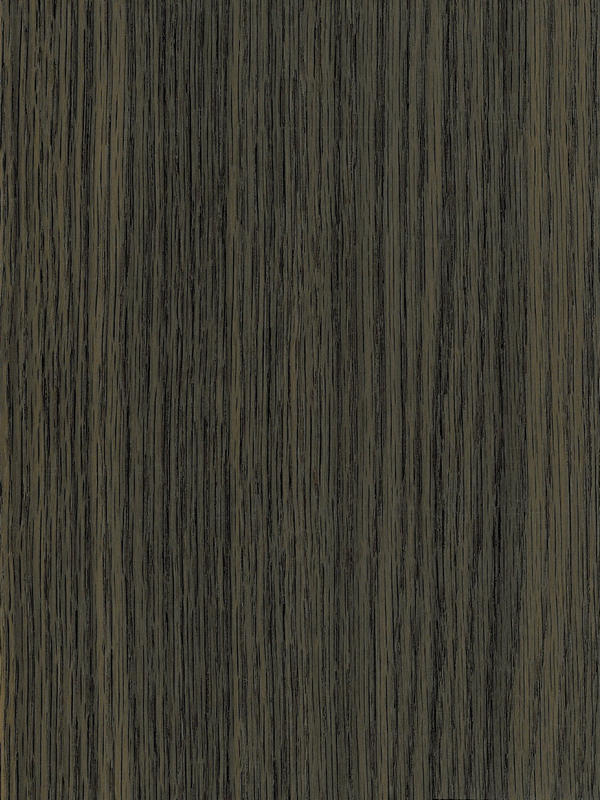
photo source: channelveneers.com
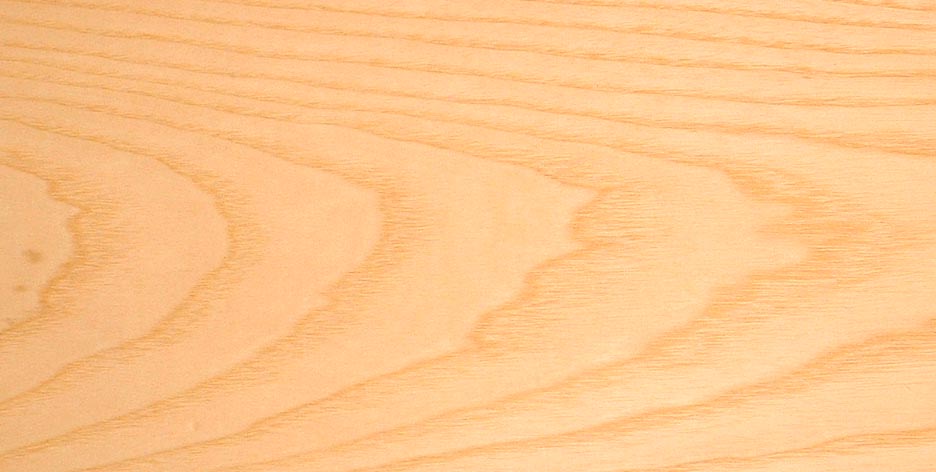
photo source: contry-woodworks.com
Pores and medullary rays, elements of specific designs
Existence porilorin wood species has an influence on the design. Not all species have pores, they are only present in hardwoods or exotic woods. Hollow pores in wood, vessels through which water circulated when the tree was standing. In earlywood the pores are larger than those in latewood. Depending on the species, the distribution of pores in the wood is different. In oak, acacia, ash and chestnut wood, the pores are distributed in a circular pattern in the annual ring, whereas in walnut, beech, poplar and linden they are not evenly distributed.
The pores may be empty or contain cell membranes or salts. Salts can create problems when finishing, sometimes changing the colour of the dye or affecting the adhesion of the finish to the substrate. Such problems occur especially with exotic species, mahogany being a difficult species to finish. Pores can make distinctive designs on wood, especially when they are embossed by various methods.
Medullary raysare another element that determines the design of certain species. They start at the bark of the tree and go all the way to the centre, to the pith. In cross-section they appear as straight or wavy glossy bands running from the pith outwards, and in radial section they appear as bands of different heights and lengths, called mirrors, which give the wood its lustre. Medullary rays are present in all species, but are only visible in some. Species with medullary ray lustre are oak, beech, the paltin and many exotic species. An article describing at length the influence of medullary rays can be found at here.
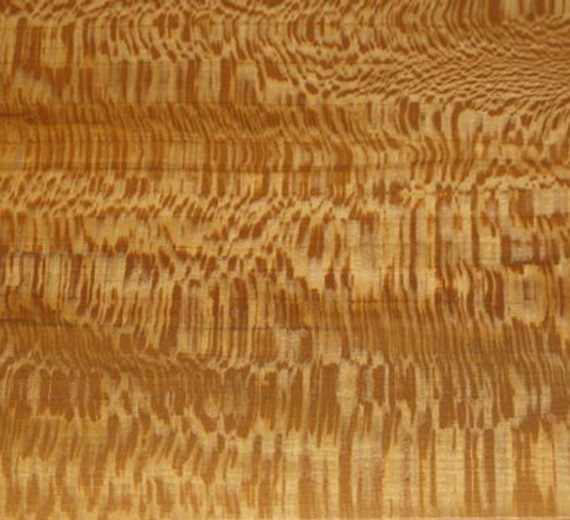
photo source: robertbeauchamp.com
Colour and growth defects contribute to the specificity of the natural wood design
ColourThe natural wood is made up of organic chemicals impregnated in the cell walls. Depending on the species, the colour of the wood can vary from white to black. Here are some examples:
- white - birch,
- reddish white - beech,
- dark cream - chestnut,
- yellowish brown - oak,
- brown - nuc
- brown greenish purple - acacia,
- dark reddish - rosewood,
- black - shakes.
The uniqueness and spectacularity of the wood design is sometimes given by the appearance of defects, anomalies in the growth and development of the tree. For example, nodes The "pearly" or "peacock's eye" appearance of some species of birch or spruce is much appreciated by wood lovers.
Another flaw is corrugated or crimped fibre sometimes found in palindromes, ash or mahogany. The grain and annual rings are not circles but diverge, somewhat regularly, in the form of wavy lines. Aesthetic veneers with a very beautiful design are obtained from such 'defective' wood. A special design is also obtained when the annual rings and grain diverge locally to form loop. The deflection occurs due to knots or scarred wounds on the tree. As other growth defects the wood has, find ahere.
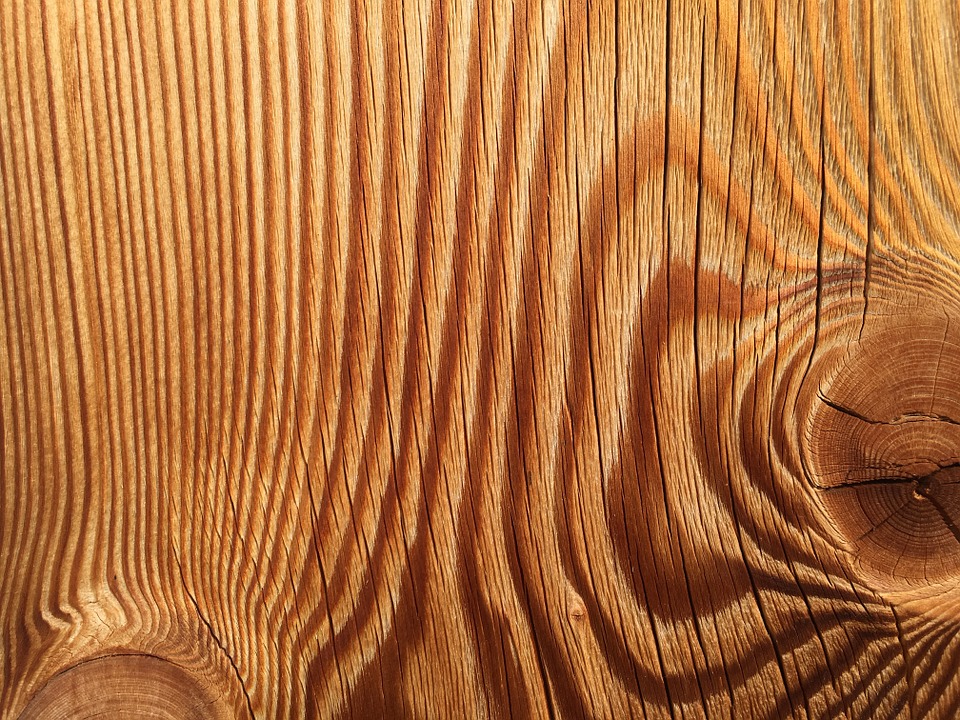
photo source: pixabay.net
Wood design is not given by a single element and is not something that can be reproduced identically from one tree to another. Wood offers us a huge diversity of wonderful designs, not only from one species to another, but also from one tree to another and even within the same tree.
I hope you find the above information useful. As usual, additions are welcome. And if you have any questions or queries, please leave them in the space below. I'm sure I'll reply.




















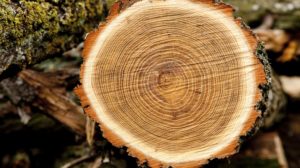
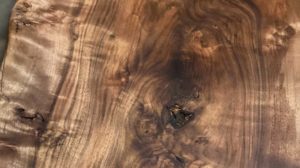

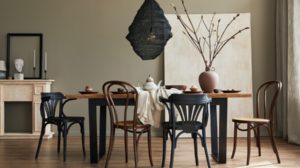
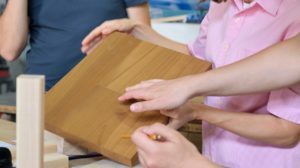


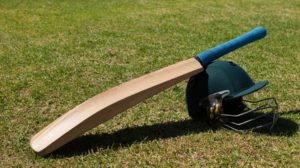
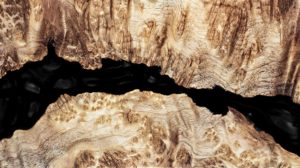

Great stuff!
It's fascinating to know wood. Thank you!